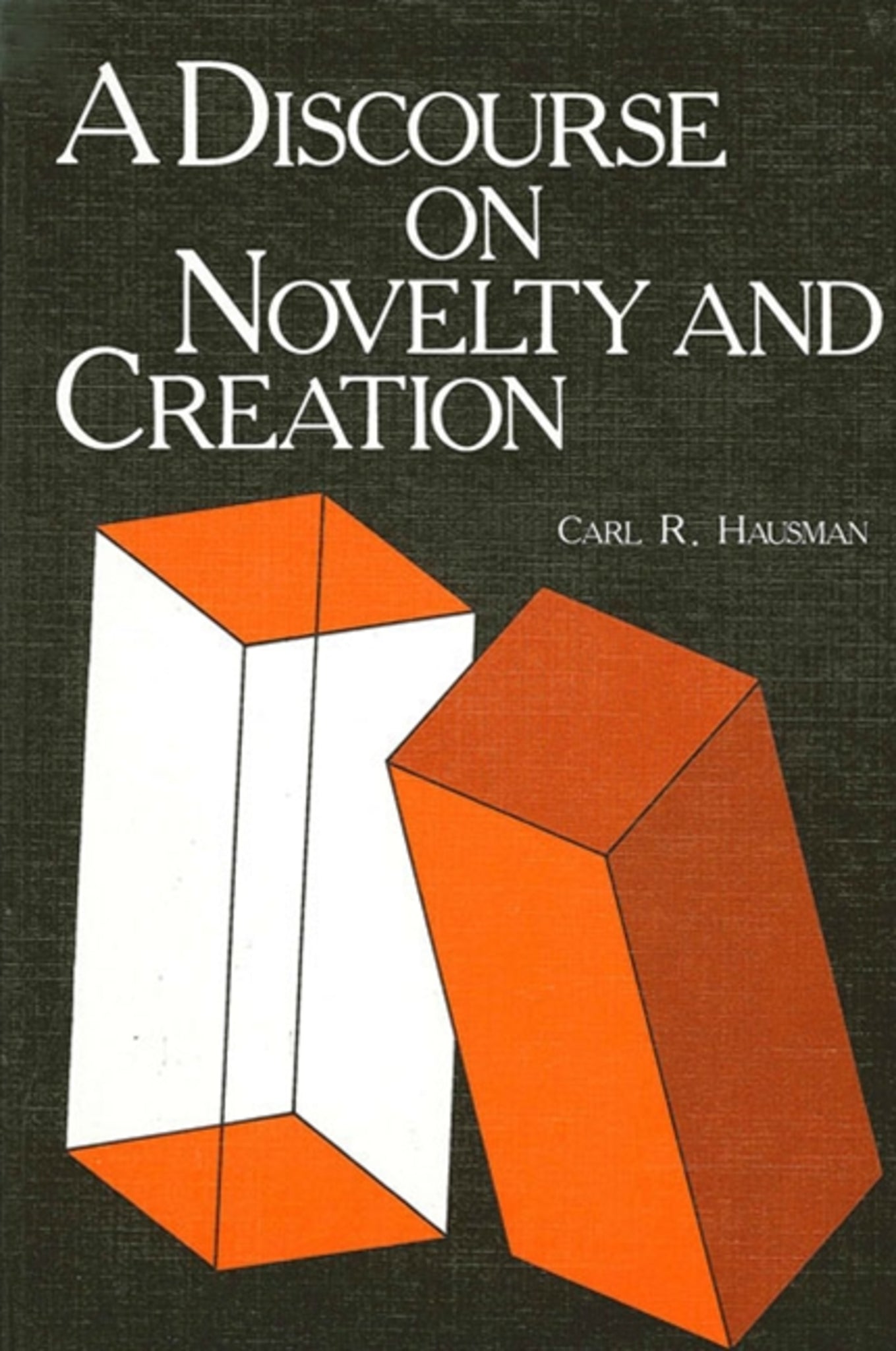We're sorry. An error has occurred
Please cancel or retry.
A Discourse on Novelty and Creation

Some error occured while loading the Quick View. Please close the Quick View and try reloading the page.
Couldn't load pickup availability
- Format:
-
30 June 1985

Carl Hausman presents here a sustained and systematic examination of the problems of constructing a framework for understanding the concept of creativity. His discussion is unique in focusing systematically on problems of understanding creativity, examining our assumptions about what we take to be creative, and the possibility of seeing how creativity fits into a world that we expect to behave in rational patterns. In a careful examination of this complex phenomena, Hausman suggests a way of approaching creativity in terms of a novel theory of metaphor.


"Carl Hausman's Discourse on Novelty and Creation is an extremely subtle analysis of the problem of novelty in art, and the catholicity of Hausman's reading makes this work stand out from all other treatments, usually analytical, of this subject. I am impressed with the thoroughness and imagination of this book." — Robert C. Neville
Introduction: The Problem, its Background, and a Sketch of its Treatment
I. Production and Radical Creation
A. Novelty Proper
1. Individuality and Radical NewnessB. Novelty Proper and Creative Acts
2. Forma. Form, structures, and valuation
b. Form and novelty, some problems and puzzles
1. Imitation and CraftsmanshipC. Value and Creativity
2. Creative Process and Critical Control
3. Creative Achievement and Duplication of Novelty
1. Instrumental Value
2. Instrumental Value and Tradition
3. Inerent Value
II. Spontaneity: The Paradox and the Possibility of Explanation
A. General Remarks about Explanation
B. The Paradox of Creativity
1. Whitehead and ExplanationC. The Reality of Spontaneity and the Challenge of Determinism
2. The Paradox in the Context of the Husserlian Account of Consciousness
3. Nicolai Hartmann's Acknowledgment of the Radical Puzzle
1. PositivismD. Intelligibility and the Resources of Language
2. Teleological Determinism
3. Mechanistic Determinism
III. Language and the Aesthetic Structure of Novelty
A. Originative Speech as Oblique Expression
1. Language and SpeechB. Speech and Metaphors
2. Speech and Implements
1. Indirect Speech and Metaphor in Art, Science, and PhilosophyC. Metaphors and the Intelligibility of Created Objects
2. Metaphors and the Organic Character of Art
3. Metaphors as Constitutive Negations
4. Metaphors and "Family Resemblances"
1. Metaphorical Expression and PAradox
2. The Structure of Novelty
3. Intelligibility and Familiarity
IV. Fundamental Paradox and Intelligibility
A. The Absurd
B. Two Loci of the Absurd
C. The Second Model of Intelligibility
D. The Possibility of a Third Model of Intelligibility
Index



